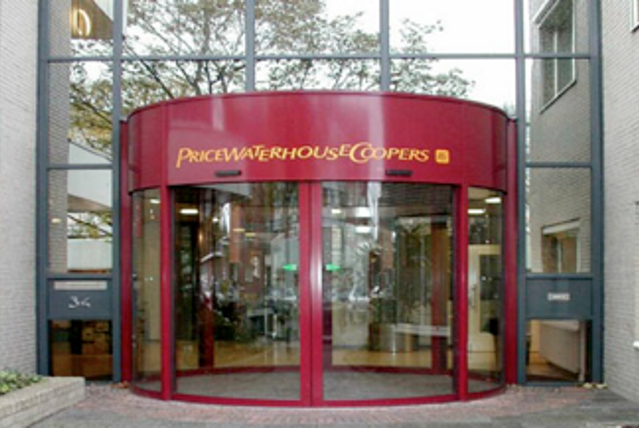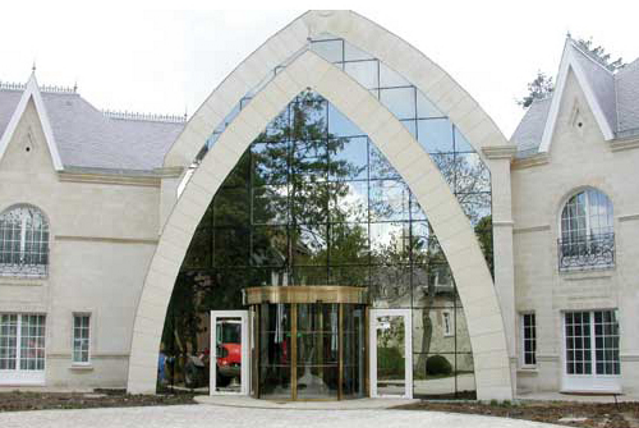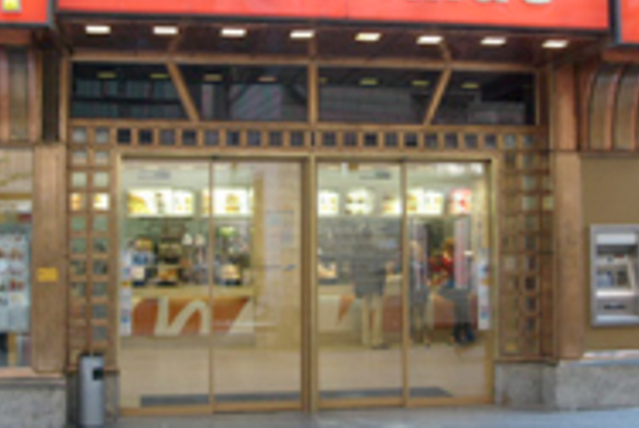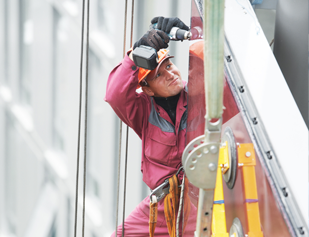Automatic Doors from an Architect’s Perspective
Sometimes the goal is improved accessibility, sometimes the goal is image, and sometimes there is merely a personal preference at work. We have been fortunate enough to combine automatic door technology and architectural design to achieve these client goals.
Selection … Simplified
This valuable Selection Guide provides all the information you need to help make smart automatic doors selections. Applications, aesthetics, types and sizes are just a few of the things that you will find in this beneficial Guide.
The Benefits of Automatic Doors
As the demand for automatic entrances grows, architects around the world are incorporating automatic doors into buildings of all types and designs from sleek and modern to quaint and historical. Today's automatic doors go far beyond the typical sliding automatic doors at your local grocery store. You’ll find them on designs for hotels, convenience stores, healthcare facilities, airports and retail stores to name a few.
Automatic doors add convenience, cost savings, an enhanced sense of customer service and even help to meet ADA requirements.

Aesthetics
You only get one chance to make a first impression and a building entrance is a visitor's introduction to a business. When someone enters through an automatic door, they are instantly made aware that the business is state of the art and values customer service.
Automatic doors can be designed to fit most any building style. There are countless designs and colors, from classical to modern. You'll be pleasantly surprised at how much design control you have, and how many options are available to make an automatic door blend in or accentuate a design.
Today's automatic doors go far beyond the typical sliding automatic doors at your local grocery store. You'll find them on designs for hotels, convenience stores, healthcare facilities, airports and retail stores to name a few.
Automatic doors add convenience, cost savings, an enhanced sense of customer service and even help to meet ADA requirements.

Window paning on these sliding automatic doors match the building windows, creating a relaxed, homey feeling.

A splash of color on this curved automatic door creates a dramatic entranceway.

This hotel in Cambresis France provides a dramatic entranceway with convenience of a revolving door.

The sliding automatic doors on this historical railway station blend beautifully with the architecture.

Accessibility
Accessible entrances are becoming increadingly important to building owners. With the elderly population doubling by 2050 and more than 56 million Americans living with disabilities today, one of the biggest challenges for commercial building design is to meet the needs of all Americans. In fact, the Americans’ with Disabilities Act of 1990 requires it.
The challenge to architects is to create attractive entrances that are welcoming to people regardless of their physical abilities while maximizing valuable floor space and keeping on eye on the bottom line.
While entrances don’t have to be automatic to be fully accessible, an automatic door often costs less, requires less space and is more attractive than a manual door. Unlike compliant manual doors, automatic doors do not require maneuvering clearance for wheelchairs, which saves valuable space and requires less reworking for remodels.
Specifying automatic doors provides an attractive solution that not only solves ADA requirements, but saves space, costs less and provides convenience for all.

Energy Savings
Automatic doors effectively reduce wasted energy in multiple ways and may significantly lessen annual heating and cooling costs.
Automatic doors open only when an incoming person or object triggers them and then close again a safe time after the person passes through the door. This eliminates the incidence of doors being left open accidentally, which can be a costly mistake when heating or air conditioning is operating.
Utilizing an automatic door also ensures that the door is shut completely each time it closes, preventing expensive heat and air conditioning from escaping. Automatic doors provide tight and secure seal, conserving energy.
For example, automatic revolving doors can be used for high-traffic applications necessitating simultaneous entry and exit, controlled access or can be used as an air lock to help manage energy expenses. A variety of other energy-saving door options are also available.

Ease of Maintenance
Automatic doors are manufactured with the highest standards for quality and safety, ensuring minimal maintenance, making them easy to own, use, and maintain. Today’s sophisticated automatic doors are virtually self-sufficient: day-to-day operation is straightforward and typically trouble-free.
Plus, the members of AAADM are here to help architects and building owners throughout every phase of a commercial building…from blueprints to build-out to maintenance. You’ll receive expert counsel from companies who measure their success by your success. By providing advice on the proper system, design, installation, and maintenance, AAADM members are here to make every phase of an automatic door system easy and hassle-free.
When doors do need maintenance, AAADM members are ready to help. Most members of our association offer maintenance programs that help keep automatic doors operating smoothly for years and years.

Support for Architects
The members of AAADM provide architects like you with the support you need to dazzle your clients. Design files, tech advice, aesthetic options, maintenance programs...they’re all possible through members of the American Association of Automatic Door Manufacturers.
Plus, purchasing automatic doors from an AAADM member means you’re working with a company dedicated to continuously improving technology and increasing automatic door safety. AAADM provides a Certification Training Program for installers and service technicians in the interest of improving and promoting safety in the industry. AAADM Certified Inspectors provide maintenance, repair and annual inspections of automatic door systems and help promote customer awareness and product safety.
The bottom line is that you will be receiving expert counsel from companies who measure their success by your success.
